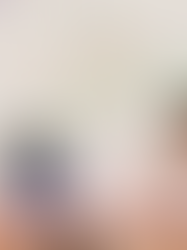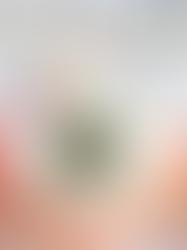Myopia and The Control of Progressive Myopia in Children
- S.R.Gopal Rao Opticians & Optometrists

- Dec 3, 2022
- 2 min read
Updated: Apr 18, 2024
What is Myopia?
Myopia or nearsightedness is one of the most common eyesight issues in the world, with almost half of the population being affected by it. Studies also prove that myopia is fast becoming more common among children, especially those who spend more time indoors doing activities such as computer work, video games, and reading rather than those who spend more time outdoors.
In myopia, the eyeball is longer than normal from front to back, or the cornea (the clear window at the front of the eye) is too steeply curved which makes things that are far away from you look blurry.
How to correct Myopia?
Myopia can be corrected with traditional/ conventional eyeglasses, regular contact lenses, or even surgery in some cases, but cannot be controlled.
There is no cure for Myopia, but there are ways which help in controlling how rapidly it develops or progresses. These include myopia control eyeglasses, Myopia control contact lenses,Ortho-Keratology ,eye drops to control Myopia and lifestyle changes.
How to effectively control Myopia?
Over the last 8 to 10 years, there has been a lot of research and progress in the design of myopia control eyeglasses. Studies show that these new designs can reduce myopia progression by more than 60%. Myopia control glasses work by creating peripheral myopic defocus which helps in slowing down the elongation of the eyeball.
Stellest uses HALT (Highly Aspherical Lenslet Target) technology to create myopic defocus.
MiYOSMART uses D.I.M.S. (Defocus Incorporated Multiple Segments) technology to create myopic defocus
MyoCare lenses by Zeiss which are designed using CARE technology to enable and reduce the progression of myopia by an average of 30% in children with a family history of parental myopia.
CONCLUSION
Your optometrist can recommend the prescription options they think will best suit the child’s needs after a thorough eye examination.
As parents, it is important to keep an eye on our child's visual habits, be alert for any signs of vision problems, and schedule regular eye exams for them with optometrists.
The first eye examination can be as early as when they are 6 to 9 months of age. In case if one of the parents is wearing eyeglasses for Myopic correction then it is mandatory for the child to get its eyes examined in detail.
Pre-schoolers (2-3 years) This is the time when parents need to be alert for the presence of vision problems like crossed eye (squint) or lazy eye ( will be diagnosed by an eye care practitioner).
Junior-schoolers (3-5 years) The child should have a thorough, in-person eye examination to make sure his/her vision is developing properly.
The child may not even know that they have a vision problem and assume that everyone sees the same way as they do. Early eye examination & intervention can prevent them from having eye problems.
Have any more questions about childhood myopia or want to get your child's eyesight checked for symptoms? Book an appointment with highly experienced and skilled optometrists at S.R.Gopal Rao opticians today.







































Comments